“If Pinot Noir is the Peter Parker of grapes,
the Willamette Valley is the irradiated spider. Here, soil and climate give the wines
muscle, depth
and—at times—super powers.”
Introduction
Red wine connoisseurs, this one’s for you. The Willamette Valley is the best spot for your next vacation because it offers flavorful, award-winning Pinot Noir. The Willamette Valley’s Pinot Noir is grown from some of the countries’ most fertile soil, stolen thousands of years ago from Eastern Washington. The region’s crisp and damp climate is the “promised land of milk and honey” for winemakers. To the people of the Willamette Valley, protecting their natural resources is everything; the life-blood of their business. Wine is their craft; the epicenter of the region’s culture and economy. Wineries have utilized the gifts of the region, creating world-class Pinot Noir, just for you.
Timeline
The Willamette Valley is gifted with lush, fertile land, positioning it as the agricultural center for the state of Oregon. Winemakers realized the great opportunity the Willamette Valley offered, and started to experiment with different grapes and Pinot Noir varieties in the region. Through innovation and some luck, Willamette Valley wineries were the first to successfully clone grapes, which made their wine production more successful year-round. Once wineries in the Willamette Valley started to receive international accolades, the Valley became associated as a “promised land” for winemakers; vineyard acreage grew by the thousands. Oregon Legislature and wineries worked together to promote land preservation and distribution laws, which strongly benefited the longevity and development of the wine industry. As Pinot Noir became increasingly popular after the release of the film Sideways, the Willamette Valley further differentiated itself as the “home of Pinot Noir winemaking in America.” This subsequent rise has led to a $3.3 billion industry which brings $207.5 million of revenue from wine-related tourism to the state.
Government & Support Groups
The government and support organizations in the Willamette Valley are heavily involved in the quality and success of the region’s Pinot Noir. The Willamette Valley is the largest wine region in Oregon, and it upholds a reputation of excellence through strict policy engagement. Oregon has the strictest wine-labeling laws in the U.S., even more rigid than the Federal law. “The law established a 90-percent minimum varietals content, meaning that in order to call it a Pinot Noir, it has to be made from at least 90 percent Pinot grapes, instead of the current national standard of 75 percent.” This particular law distinguishes the Willamette Valley from other notable regions such as Napa Valley or Sonoma, because it exemplifies the integrity of the winemakers and consumers. In addition, 47% of Oregon’s vineyards are certified sustainable acres, according to Charles Humble, director of communications for the Oregon Winegrowers Association. This places Oregon as the leading sustainable state in the nation, and reinforces the meticulous practices that produce quality wine.
The Willamette Valley Visitors Association is a private, non-profit support organization that supports tourism to the region, and contributes to the success of the wine industry and Oregon’s economy as a state.
http://www.oregonwinecountry.org/
Culture
Viticulture in the Willamette Valley is more than just a profitable business, it is an important asset to the culture as well. The Willamette Valley in Oregon sits on some of the most desirable soil along the west coast. Its geographical location is what enables the region to produce some of the nation’s most critically acclaimed wine. It is also the third largest wine producer in the country, falling just behind Washington and California. The region’s climate, soil, and humidity are ideal for wine making, subsequently making wine the focal point of the region. With a culture revolving heavily around wine, Oregon, and specifically the Willamette Valley, has attracted people nationwide to experience the wide selection of wineries in the region.
Winemakers aim to capture “the essence of the beauty and elegance of the state in a glass of wine.” Argyle Winery was one of the first wineries to become Certified Sustainable by LIVE (Low Input Viticulture and Enology.) Another Oregon winery, Brooks Wines, has received significant attention for its Organic and Biodynamic farming approaches. Believing that their practice leads to purer wine, a bottle from Brooks Wines was even poured at president Barack Obama’s state dinner. Carlton Cellars is also notable for its dedication to being environmentally conscious. One of thirty certified LIVE wineries, Carlton Cellars is devoted to producing the finest Pinot Noir.
With a culture dedicated to the fine production of wine, several opportunities are available to people if they wish to immerse themselves further into the wine culture of the Willamette Valley. An event called “Pinot in the City” is an opportunity for people outside the state to discover the region’s renowned wine. At this event, fifty winemakers and winery owners go to states such as New York, Seattle, or San Francisco, to exhibit their Pinot Noir among other varietals as well. There are also many resources such as maps and websites people can reference to gain a greater understanding of the variety of wineries in the Willamette Valley.
The Willamette Valley region is filled with a large community where winemakers and wine connoisseurs have come together to create a culture with an appreciation for fine winemaking and its sustainable approach. It is likely that, with Oregon’s highly strict rules for winemaking and selective approaches, the Willamette Valley will continue to receive national recognition and uphold its reputation for producing the best Pinot Noir in the country. It is with this hope, that more tourists will be attracted to the Willamette Valley region, and all that it has to offer.
Cited sources:
http://wvv.com/page?pageid=6dc09ba1-aa6f-aa23-2c1c-bb2afc48a504
www.touringandtasting.com/destinations/willamette-valley/argyle-winery/
www.touringandtasting.com/destinations/willamette-valley/brooks-wines/
www.touringandtasting.com/destinations/willamette-valley/carlton-cellars/
http://willamettewines.com/event/pinot-in-the-city/
Brands
Willamette Valley Vineyards:
Willamette Valley Vineyards is an award winning winery that makes world class Pinot Noir . They are a perfect example of a winery that has taken advantage of the rich soil that came in during the Lake Missoula flood as well as the favorable climate for growing grapes. Willamette Valley Vineyard’s Pinot Noir has been consistently rated with 90 points or higher by esteemed wine magazines such as Wine & Spirit, Wine Enthusiast and Wine Spectator and has won Gold and Double Gold at the Oregon Wine Awards. The success of Willamette Valley Vineyards has shown us that some of the best wineries in the nation get to be the best by taking care of the environment that they take from. Willamette Valley Vineyards is LIVE (Low Input Viticulture and Enology) certified organic. LIVE certification is part of what makes Willamette Valley Pinot Noir unique, and its part of what makes it the best. Tastings are available any day of the week.
Source: http://wvv.com/
Brooks Wines:
Brooks Wines is another winery that makes sense to the region due to their success in utilizing the fruitful soil and climate of the Willamette Valley hillsides to create award-winning Pinot Noir. Brooks is located in Amity and is a family-owned winery that practices organic farming. Their 2006 Willamette Valley Pinot Noir was named the year’s best Pinot Noir by Wine and Spirits magazine. Brooks Wines has made the best out of the fruitful soil from the Missoula flood and the hillsides that have been saved for them by the government. Dedication and craft is showed in their product through organic farming, their ability to meet Oregon’s strict wine laws and consistently highly rated wine. Its dedication to organic farming is part of what makes Brooks Wines’ wine so pure, and part of what makes it the best. Tastings are available any day of the week.
Source: http://www.brookswine.com/
Carlton Cellars:
Carlton Cellars is another award-winning winery in the Willamette Valley located in Carlton, OR. Carlton Cellars is the winner of two gold medals for two of their Pinot Noir at the Oregon Wine Awards in 2013 and a Bronze and Silver medal in the Sunset International Wine Competition. These awards were achieved with the help of the ideal soil and climate in the Willamette Valley.
Source: http://carltoncellars.com/
These successful wineries exemplify that the Willamette Valley has the perfect hillsides for growing Pinot Noir grapes. This has resulted in a culture of wineries that are so passionate about their craft that they not only produce award-winning Pinot Noir, but also take care of and give back to the land that they take it from. This paired with the necessity of their Pinot Noir to be made from at least 90 percent Pinot Noir grapes makes Willamette Valley Pinot Noir pure and flavorful. It is the strict guidelines, climate, culture and craft that makes these brands successful, like nothing else and well worth the trip.
Advantages
The Willamette Valley offers everything a winemaker dreams of: a mediterranean climate, fertile soil, and large vineyard communities all dedicated to quality. The cool climate and consistent rain allows for low production, high quality winemaking year-round. Because of this, the Willamette Valley has two-thirds of the state’s wineries and pioneers the wine industry by a landslide. Willamette Valley wineries support one another in the quest for quality above profit; with the average winery’s production at a mere 5,000 cases annually, tiny by national standards. The region is gaining a reputation as a “mecca for wine,” with wine-related tourism contributing $207.5 million in revenues to the Oregon economy. Not only is there a huge market for wine, but wineries are integral to the culture of the region. The Willamette Valley regards wine as its prized possession, passing state laws that protect land for wine production and implementing loose distribution laws that allow for wine to be widely distributed. The region celebrates its superior product, showcasing its wine at events all around the world and receiving international taste awards. Willamette Valley wineries pack a unique punch, as 47% of Oregon’s vineyards are certified sustainable acres, placing Oregon as the leading sustainable state in the nation. Wineries in the region are able to utilize the natural resources available, make quality wine, and become apart of a culture of sustainability and pride.
Conclusion
The resources, environment, and culture of the Willamette Valley create the optimal setting for making award-winning Pinot Noir. Wineries harness and appreciate these attributes, creating quality wine that draws attention from all around the world. Willamette wineries rank among the best wineries in the world, and will continue to make an impact as the region attracts passionate winemakers who are capable of taking advantage of the region’s resources.
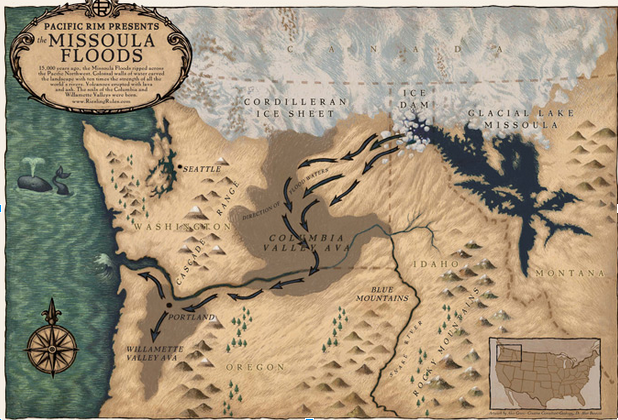
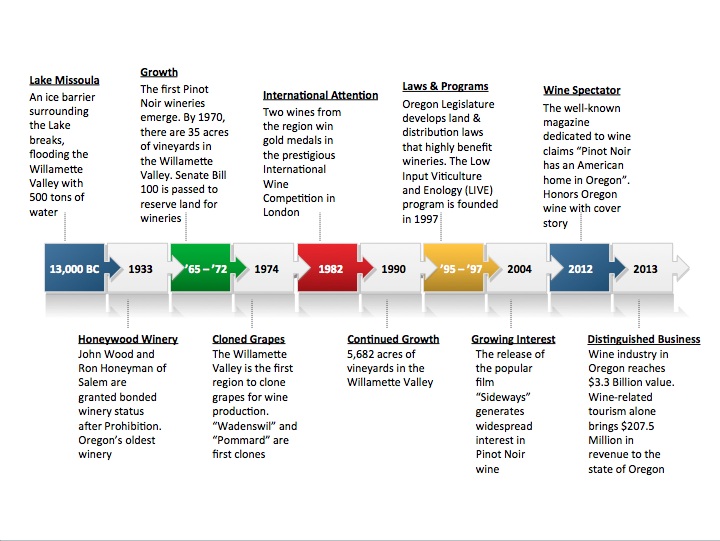
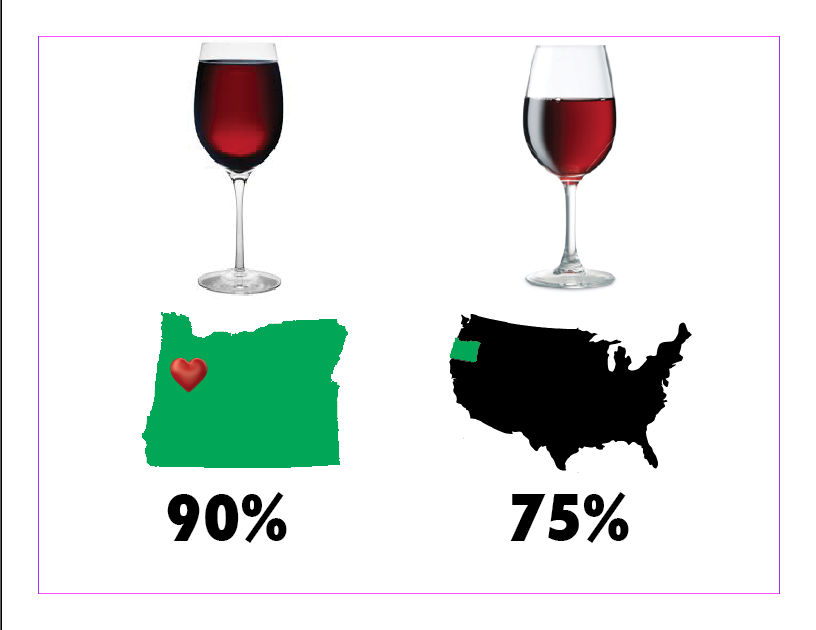
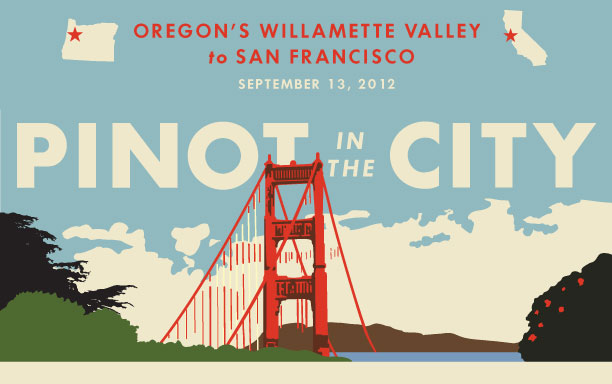
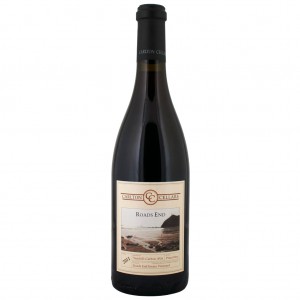
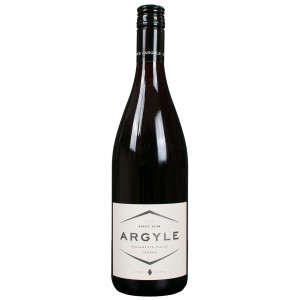

I am glad to see this important information. Thank you very much to share with us.